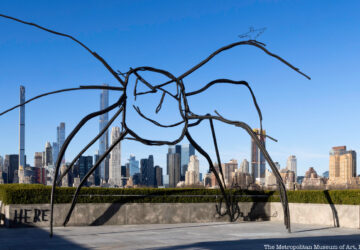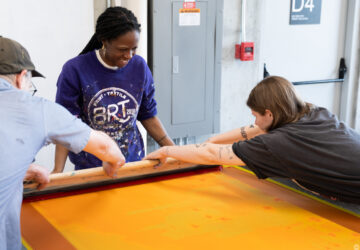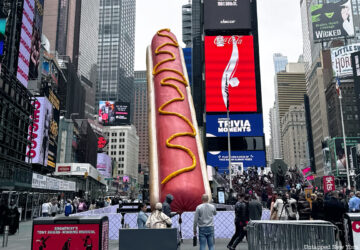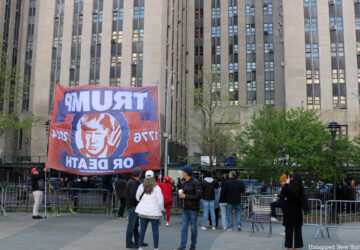3. The Henry Hudson Bridge Is the Site of the First Pilot of All Electronic Tolling
When the Henry Hudson Bridge opened in 1936, it cost drivers ten cents to cross it. During the first full year of the span’s operation, more than 17,000 vehicles paid the toll each day, even despite the fact that the free Broadway Bridge was located nearby. By year’s end, the bridge had collected $620,500 in tolls.
In November 2012, the Henry Hudson Bridge switched from traditional tollbooths to cashless tolling, becoming the site of the first pilot of All Electronic Tolling. Under this program, drivers no longer had to stop and hand over cash at the bridge, opting for an E-ZPass instead. Those without the passes were billed based on their license plate information. After the pilot in 2012, eight MTA-run bridges and tunnels converted to cashless tolling in 2017, starting with the Queens Midtown and Hugh L. Carey Tunnel in January and ending with the Throgs Neck and Bronx-Whitestone Bridges in September.





